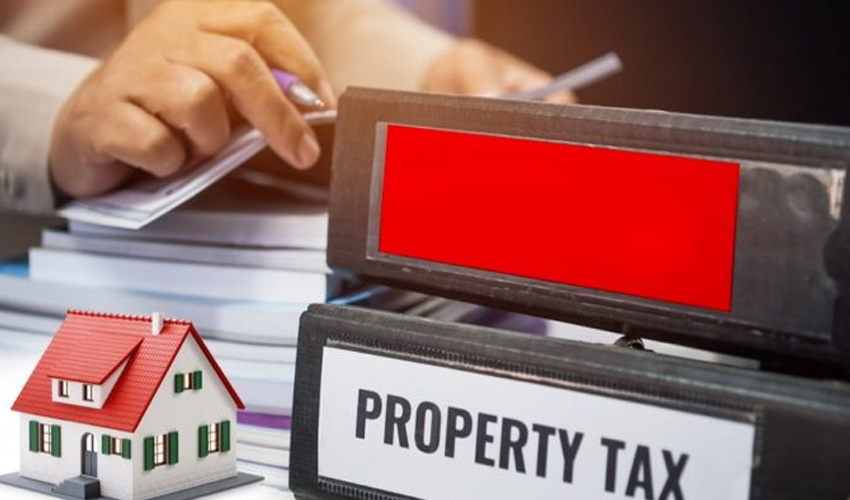Building Community to Strengthen Tenant Retention and Satisfaction

Fostering a sense of community among tenants is one of the most effective ways to improve retention and satisfaction. When tenants feel connected to their neighbors and valued by property management, they are more likely to renew leases and maintain long-term relationships. Rod Khleif, a multifamily real estate investor and mentor with decades of experience managing over 2,000 properties, recognizes that tenant engagement is the foundation of a thriving rental community. By creating opportunities for interaction and offering personalized communication, property managers can build stronger tenant relationships and enhance overall satisfaction.
Hosting Community Events
Organizing community events is a powerful way to foster engagement and create a welcoming atmosphere for tenants. These events encourage interaction among neighbors and help tenants feel more connected to their living environment. Examples include seasonal gatherings like barbecues or holiday parties, workshops such as fitness classes or cooking sessions, outdoor movie nights and volunteer opportunities that bring tenants together for a good cause. These activities allow tenants to build relationships with their neighbors while enhancing their sense of belonging. Community events also provide property managers with valuable face-to-face interaction, strengthening trust and communication with tenants.
Additionally, hosting events that cater to diverse demographics can be particularly effective. For example, family-oriented properties might host children’s activities like face painting or storytelling events, while properties with younger tenants could organize yoga sessions or networking meetups. Customizing events based on tenant profiles ensures that they feel relevant and inclusive, encouraging participation and engagement.
“In tough economic times, tenant retention isn’t just a priority—it’s the lifeline of your property,” notes Rod Khleif. “Build trust and maintain open communication with your tenants to keep them happy and committed.”
Personalized Communication
Effective communication tailored to each tenant’s needs and preferences fosters trust and ensures tenants feel valued. Regular check-ins allow property managers to address concerns and gather feedback. Personalized welcome packages for new tenants, containing local resources and personal notes, make a strong first impression. Customized offers, such as discounts on renewals or targeted invitations to events, further demonstrate care for individual tenant needs.
Digital portals simplify communication, providing easy access to lease terms, payment options and maintenance updates. By maintaining open lines of communication, property managers can strengthen tenant relationships and improve overall living experiences.
Proactive communication also plays a critical role during times of uncertainty or change. For instance, property managers can use newsletters or group messages to share updates on maintenance schedules, local events or policy changes. Offering transparency through consistent updates helps tenants feel informed and builds trust, particularly when addressing issues like construction delays or temporary inconveniences.
Encouraging Tenant Feedback
Gathering and acting on tenant feedback is essential for understanding their needs and improving engagement. Surveys, both digital and physical, offer insights into tenant opinions on property amenities, events and services. Suggestion boxes placed in communal areas provide a simple way for tenants to share ideas anonymously. Social media platforms also serve as an interactive medium to engage tenants and gather valuable feedback. Acting on feedback shows tenants that their opinions are valued, fostering a sense of partnership and trust between tenants and property managers.
One effective way to act on feedback is by implementing changes that tenants have specifically requested. For example, if multiple tenants suggest adding more recycling bins or enhancing security measures, addressing these concerns demonstrates responsiveness and commitment to their well-being. Regularly sharing updates on how feedback is being utilized further reinforces a culture of collaboration.
Creating Shared Spaces
Shared spaces encourage social interaction and help tenants feel more connected to their communities. Examples of shared spaces include lounge areas for relaxation and socializing, outdoor amenities like community gardens and barbecue areas, coworking spaces for remote workers and pet-friendly facilities such as dog parks or pet washing stations. Investing in these communal amenities not only improves tenant satisfaction but also enhances the property’s value, making it more attractive to current and prospective renters.
Incorporating design elements that reflect the local culture, or environment can make shared spaces even more inviting. For instance, adding murals by local artists or creating themed areas inspired by regional landmarks can make these spaces unique and memorable. Hosting regular gatherings in these areas further encourages their use and helps tenants view them as integral parts of their living experience.
Building Trust Through Transparency
Transparency in property management practices builds trust and fosters a positive tenant experience. Clear communication about rules, fees and lease terms prevents misunderstandings. Regular updates on property improvements, upcoming events and maintenance schedules demonstrate professionalism and reliability. Encouraging open dialogue ensures that tenants feel comfortable voicing concerns and confidence in the management team’s responsiveness. When tenants trust their property managers, they are more likely to remain loyal and renew their leases.
For example, creating a dedicated section in the tenant portal for maintenance updates and community notices can streamline the flow of information. Including an FAQ section that addresses common tenant concerns—such as rent increases or noise policies—further enhances transparency. This approach not only reduces confusion but also fosters a sense of accountability on the part of property managers.
Promoting Inclusivity and Diversity
An inclusive community is a thriving community. Property managers who prioritize inclusivity and celebrate diversity create environments where tenants feel respected and valued. Hosting events that recognize different cultural traditions or providing resources in multiple languages can significantly impact tenants from diverse backgrounds.
For example, organizing a multicultural food festival or acknowledging holidays like Diwali, Lunar New Year or Pride Month can foster a sense of belonging among tenants. Providing signage or documents in languages commonly spoken within the community further demonstrates a commitment to inclusivity. These efforts help build a welcoming atmosphere that attracts and retains a diverse tenant base.
Building a strong sense of community is essential for tenant retention and satisfaction. By fostering connections among tenants and demonstrating a commitment to their well-being, property managers can create thriving, tenant-centered communities. Through transparent practices, responsive communication and a focus on tenant feedback, property managers can enhance satisfaction and loyalty, reducing turnover and vacancy rates.
Investing in inclusivity, shared spaces and open communication not only creates a positive living experience for tenants but also strengthens the property’s reputation in the market. In today’s competitive rental landscape, building a sense of community is not just a strategy—it is a necessity for long-term success.






